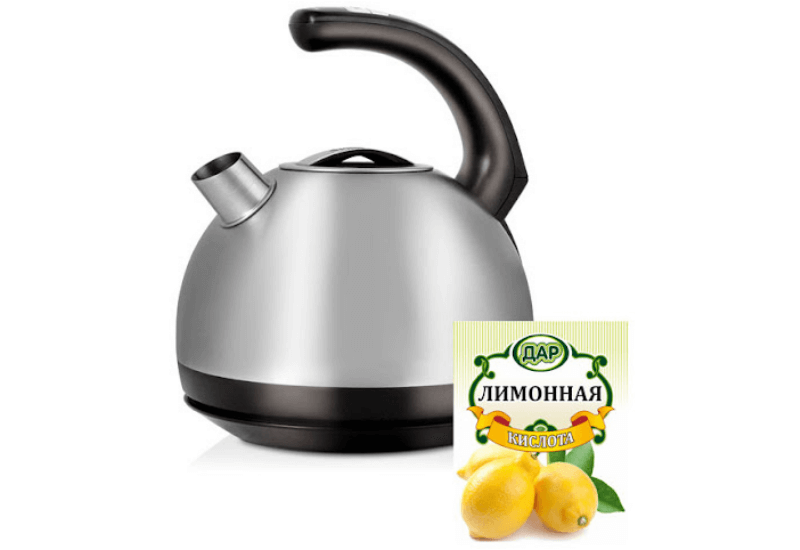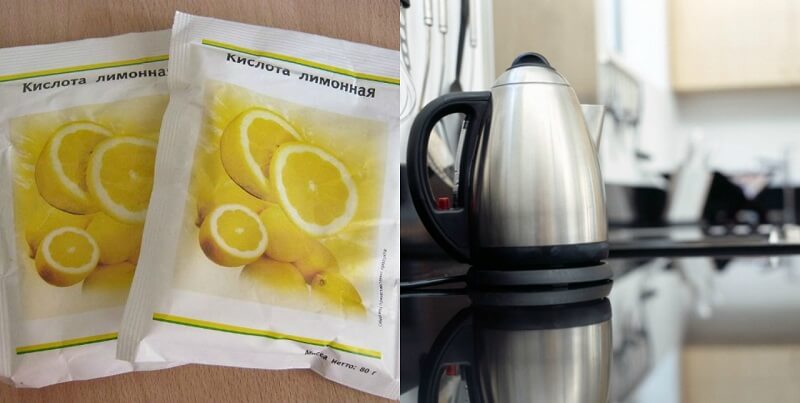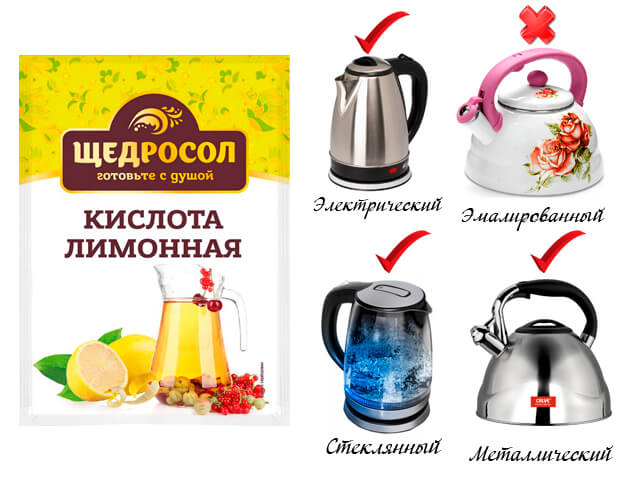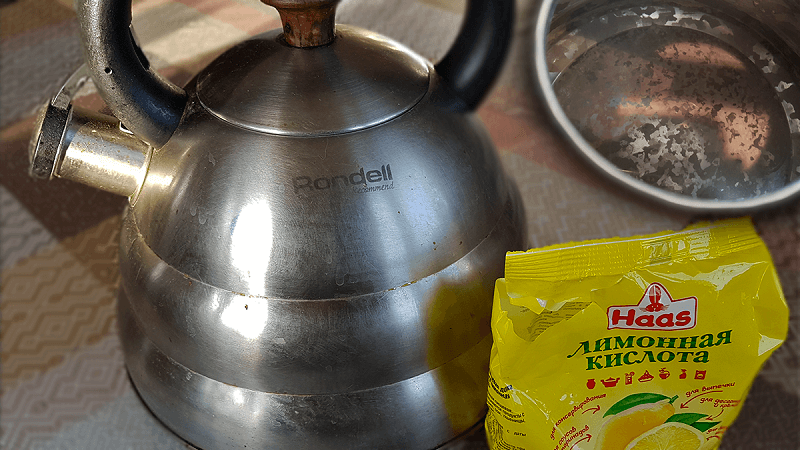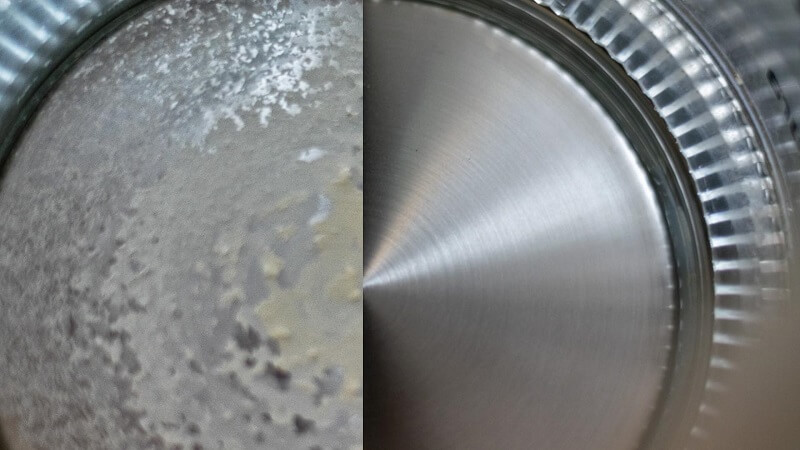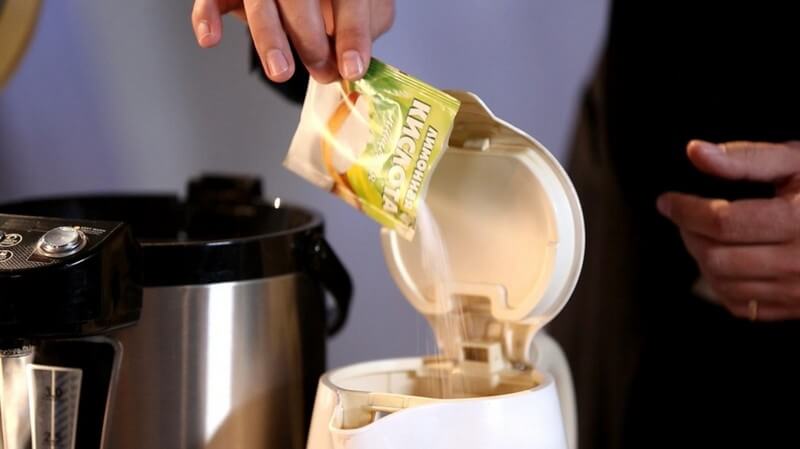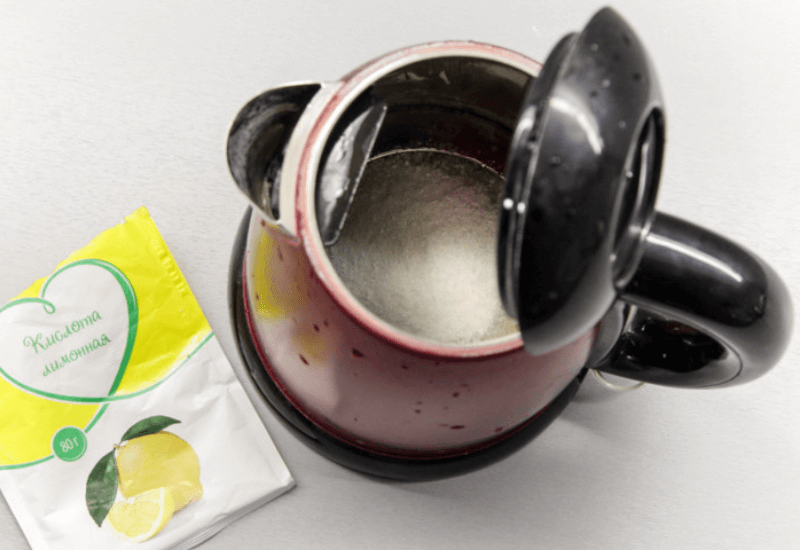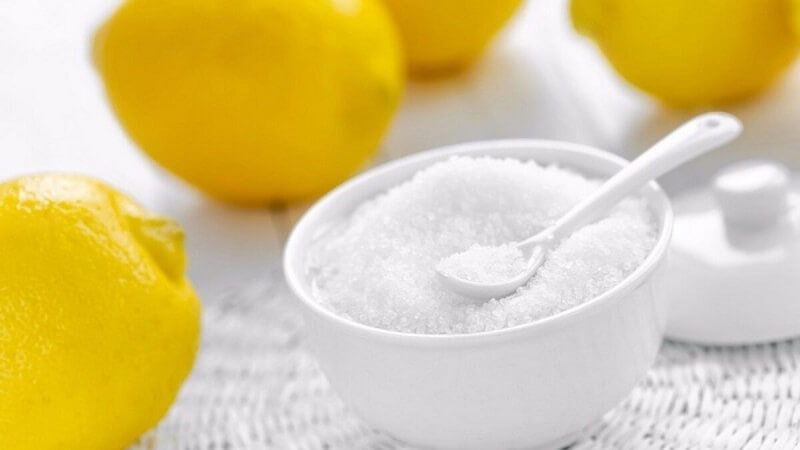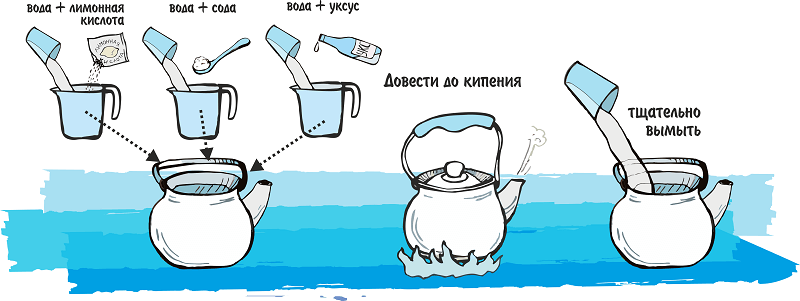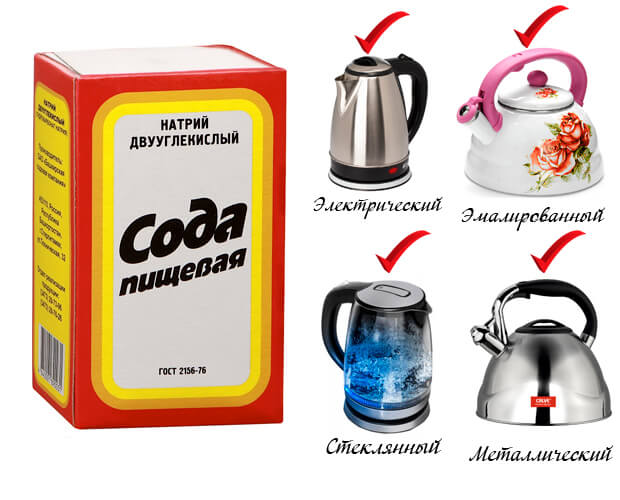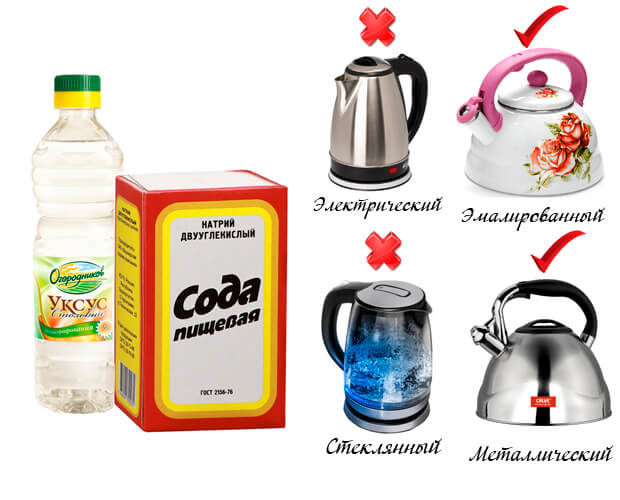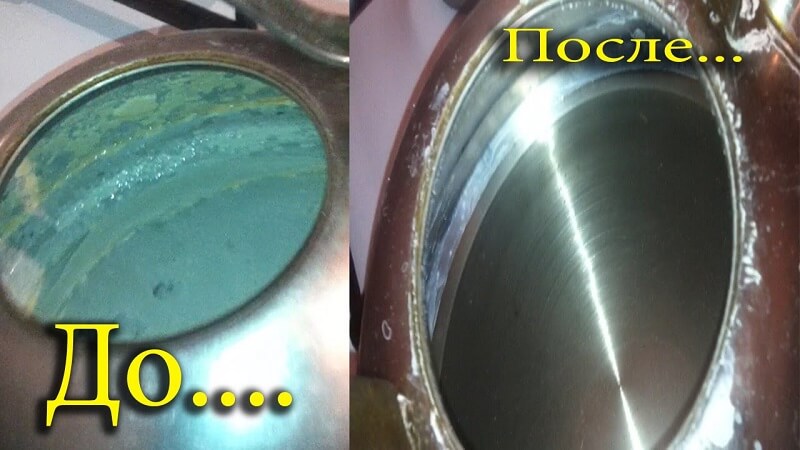How to clean the kettle from scale with citric acid in order to get clean, good boiling water after boiling water in the kettle? One way or another, all heating appliances for boiling water are prone to the formation of plaque, and both ordinary kettles and electric kettles suffer. The hardness of water affects only the time interval for the formation of scale, otherwise it manifests itself sooner or later.
Important! Before using one or another descaler, you need to figure out how compatible it is with the material of the surface that you plan to clean.
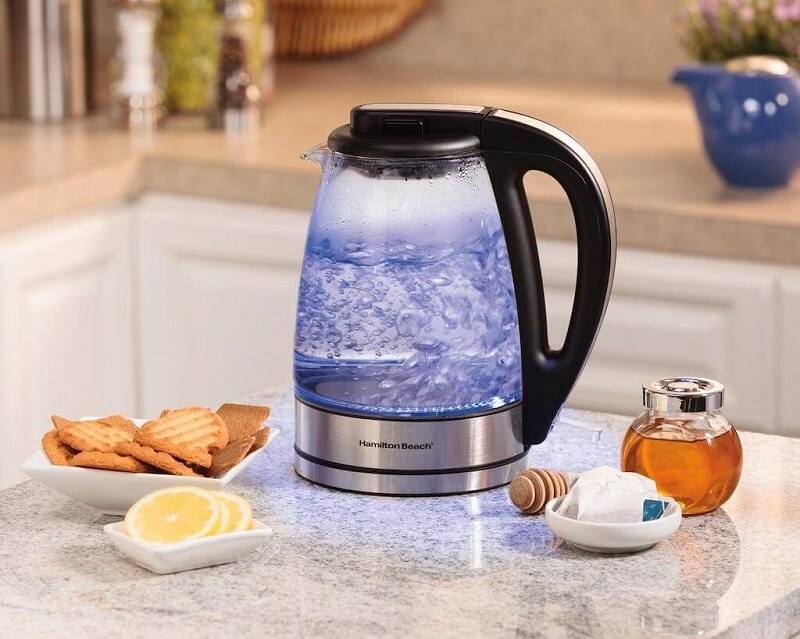 Which teapots are washed with citric acid
Which teapots are washed with citric acid
Which teapots are usually cleaned with citric acid? All heating devices are made of different materials. It is believed that natural lemon is ideal for all surfaces, but still it is worth considering some points.
What dishes can be cleaned with citric acid:
- metal;
- glass.
For a teapot, a metal lemon is used without consequences, as well as for a glass one. There are subtleties here - only a liquid agent is used. For example, natural lemon juice is expensive, but completely natural. When using powdered lemongrass, you first need to dilute it with water and only then pour it into the dishes.
It is undesirable to use acid for enameled or plastic devices. Or you need to accurately observe the proportions of the solution and not increase the concentration of the acid.
Advantages and disadvantages of the method
Citric acid is successfully applicable for cleaning teapots made of different materials.But, this method, like all others, has its pros and cons, which must be studied before using the acid.
Descale the kettle with citric acid - pluses:
- harmlessness;
- quality cleaning;
- environmental friendliness;
- low cost.
Harmlessness. Cleaning with citric acid is absolutely safe. Even if a product remains at the bottom after washing, it will not harm, since it is edible.
Quality cleaning. You can remove scale in the kettle with citric acid quite quickly and very efficiently - this tool copes even with complex plaque.
Environmental friendliness. Complete degradability and harmlessness of the described products will not harm the environment - this is a completely natural and environmentally friendly application.
Low cost. If you clean with citric acid in powder, this is one of the cheapest options for getting rid of plaque on dishes. Any ready-made chemicals are more expensive.
How to get rid of scale in the kettle: citric acid
There are two main ways to get rid of plaque on the walls of the device, which is formed due to poor-quality water:
- soak;
- boiling.
It should be borne in mind that all methods do not work instantly - in each of them you need to spend a certain time, and quite often you have to repeat the procedure.
Soak
This method is relevant for removing small layers of plaque, it is considered one of the simplest.How to clean the kettle with citric acid from scale by soaking:
- Fill the kettle with warm clean water.
- Add citric acid to the water at the rate of 10 grams of powder per liter.
- Now you need to soak the accumulated plaque. To do this, a kettle filled with acidic water is left to soak for 5-12 hours.
- After the required time has passed, the water is drained, the kettle is well washed from the inside with a sponge and rinsed.
Boiling
The method is quite effective for cleaning dishes from a large amount of scale. How to clean the kettle by boiling:
- Water is drained from the kettle.
- Rinse well with warm water using a sponge.
- Now you need to refill the dishes with water, which should completely cover the plaque formed on the walls.
- Acid is added to a kettle filled with water at the rate of 20 grams per liter.
- The device must be plugged into the network or put on the stove.
- Water with citric acid should boil. For an electrical appliance, two-time boiling is provided - repeat 10 minutes after the first time. An ordinary kettle on the stove will cope in one go - salt deposits can be removed with a 10-minute boil.
- When the water has boiled for a sufficient amount of time, it is left to infuse for several hours.
- After that, the water is drained and the walls of the device are wiped with a sponge and clean water.
- If scale remains, repeat the procedure.
On a note! To remove residues of the agent, it is necessary to fill the device with clean water, boil and drain the water.
If all scale is removed, the kettle can be used as usual. It should be borne in mind that it is absolutely impossible to remove the remaining plaque with a knife or other sharp objects. In extreme cases, you can use a wooden spatula.
How to wash outside
How to clean the outside of the kettle with citric acid powder? The easiest method is to combine citric acid and soda. That is, it is necessary to prepare a solution of their water, soda and acid - at the rate of 20 grams of each agent per liter, and rub the surface. Leave on for 5-7 hours and rinse well.
How much citric acid is needed to clean the kettle
The amount of the product directly depends on the level of contamination and the coating material. How to clean the kettle from a large amount of plaque or from traces of scale that have just appeared:
- for a glass or metal teapot, 10-20 grams of powder is used, regardless of the method;
- for enameled or plastic surfaces, 5-10 grams of citric acid is enough, and it is undesirable to overexpose the solution.
What to add to add effect
How to get rid of scale in the kettle as efficiently as possible? To do this, additional natural remedies are added to citric acid, which significantly enhance the effect, such as:
- salt;
- soda;
- vinegar.
Salt. You need very little money - 1 gram per 1 liter. Salt helps to more thoroughly clean the walls of the device, and it can be safely applied to any surface.
Soda. For 1 gram of citric acid, add 1 tablespoon of soda. This method is ideal for boiling and is suitable even for a plastic electric kettle. It is worth noting that it is impossible to clean surfaces with soda without water - this is a strong abrasive agent that can ruin any coating.
Vinegar. The product is used for the most severe pollution. Boiling is suitable here - the standard method, the amount of vinegar varies in the amount of 1-3 tablespoons per liter of water.After the solution has boiled, it must be left for several hours, after which the exfoliated throw is removed from the walls of the kettle.
How often do you clean
Prevention for cleaning the kettle with acid does not mean how many times exactly it is necessary to clean its walls inside and out - it all depends on the hardness and quality of the water. Estimated timeframe is once a month. But, nevertheless, it is better to at least occasionally check the device for plaque and get rid of it as soon as possible.
A clean device for boiling water looks aesthetically pleasing from the outside, but its interior significantly affects the quality of the resulting boiling water. Citric acid is a harmless and versatile remedy - it can be safely added to almost any dish.

